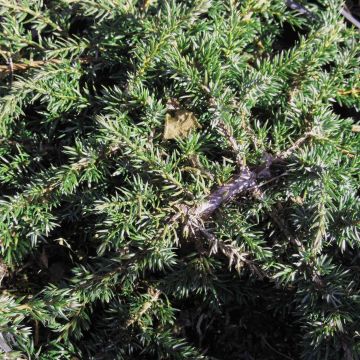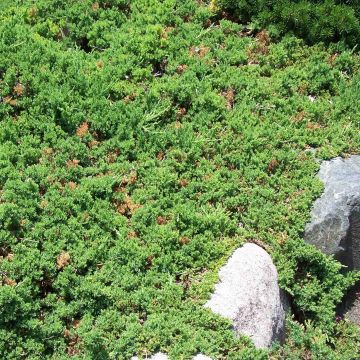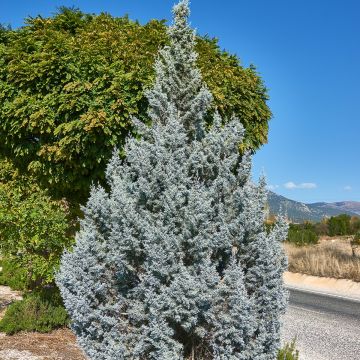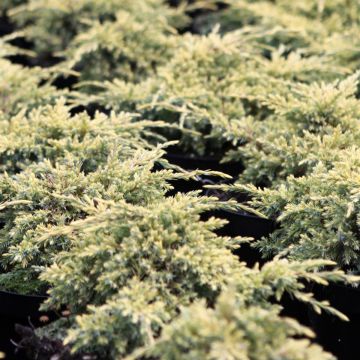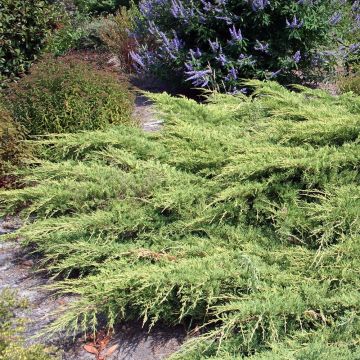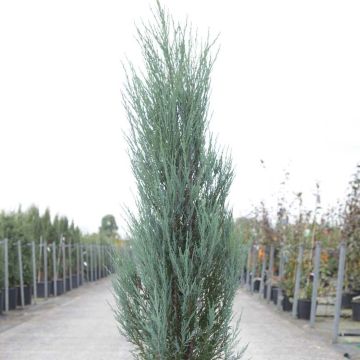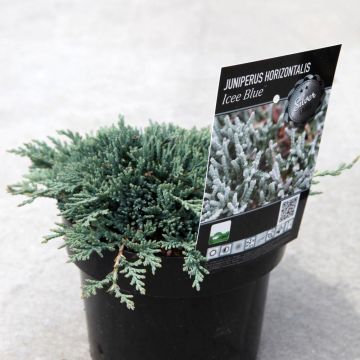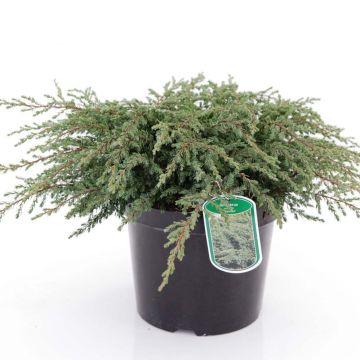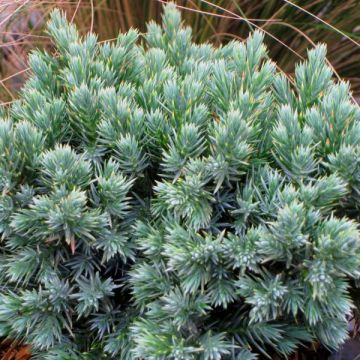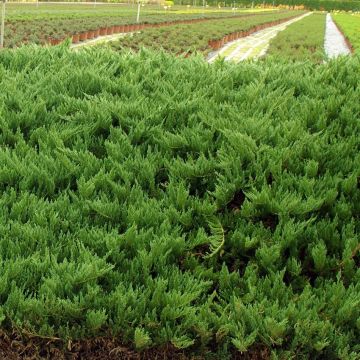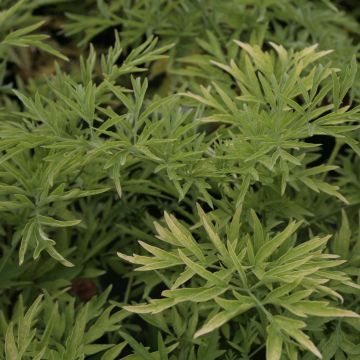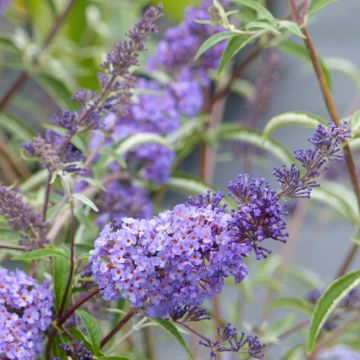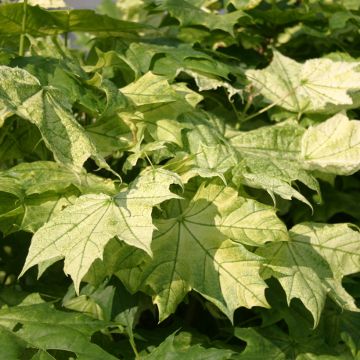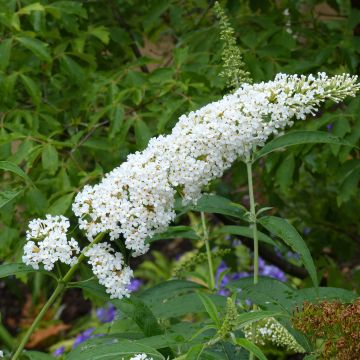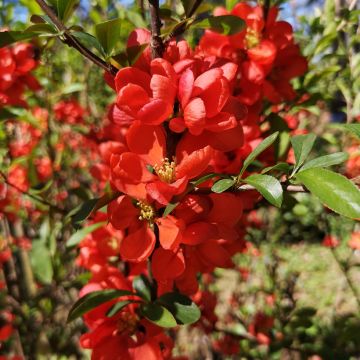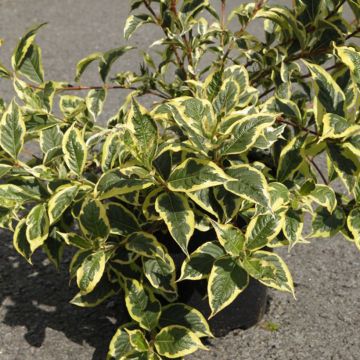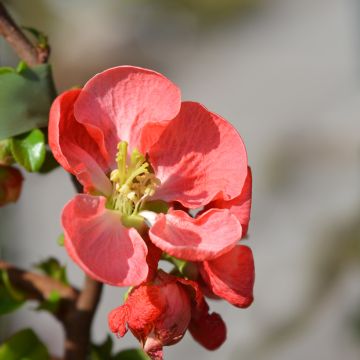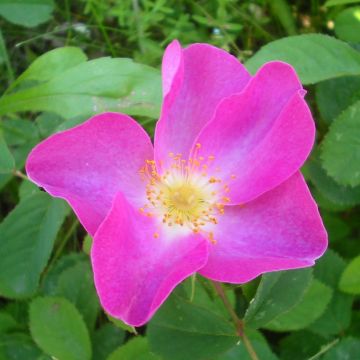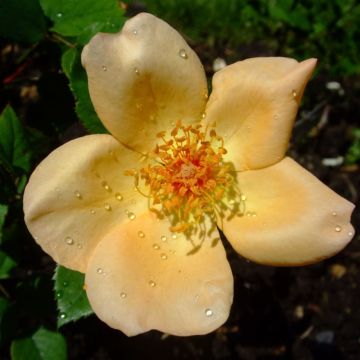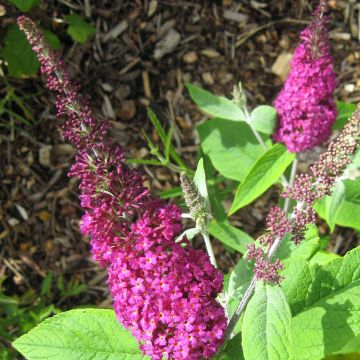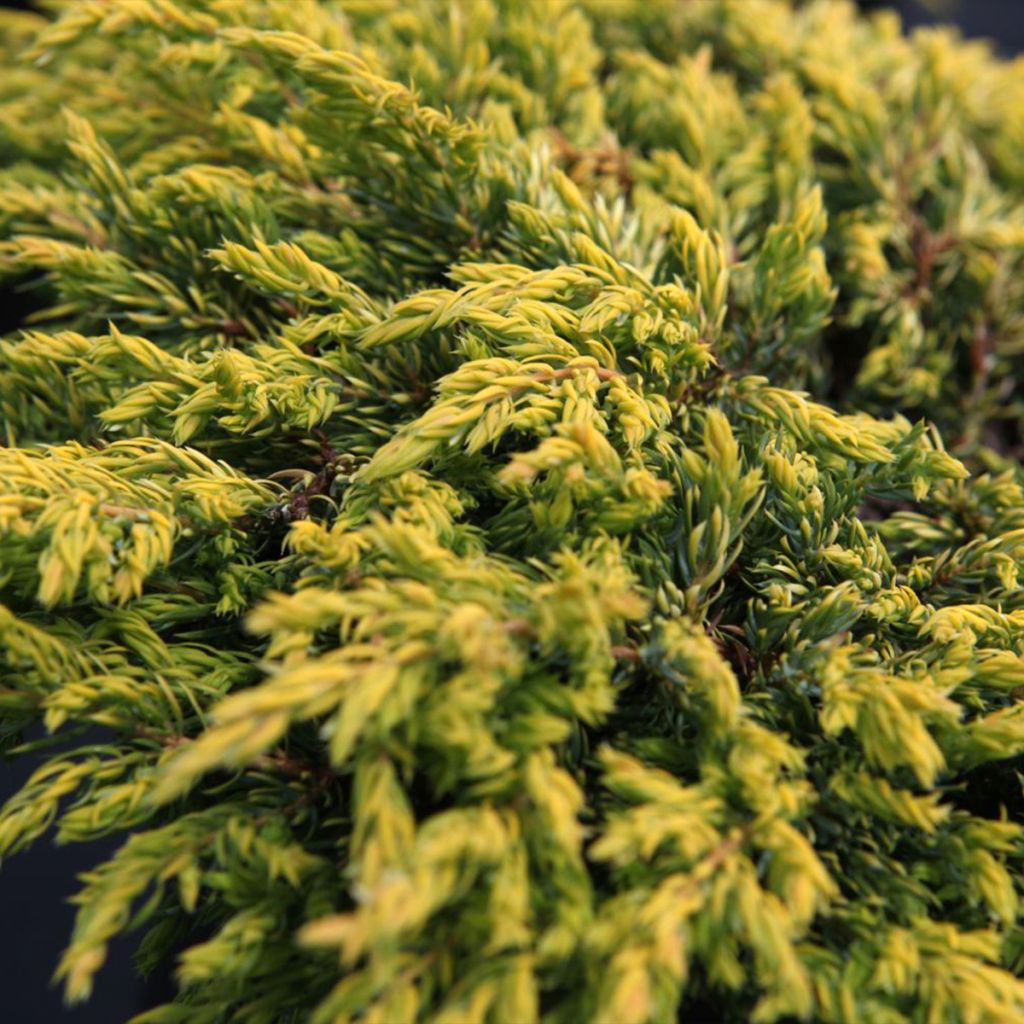

Juniperus communis Goldschatz
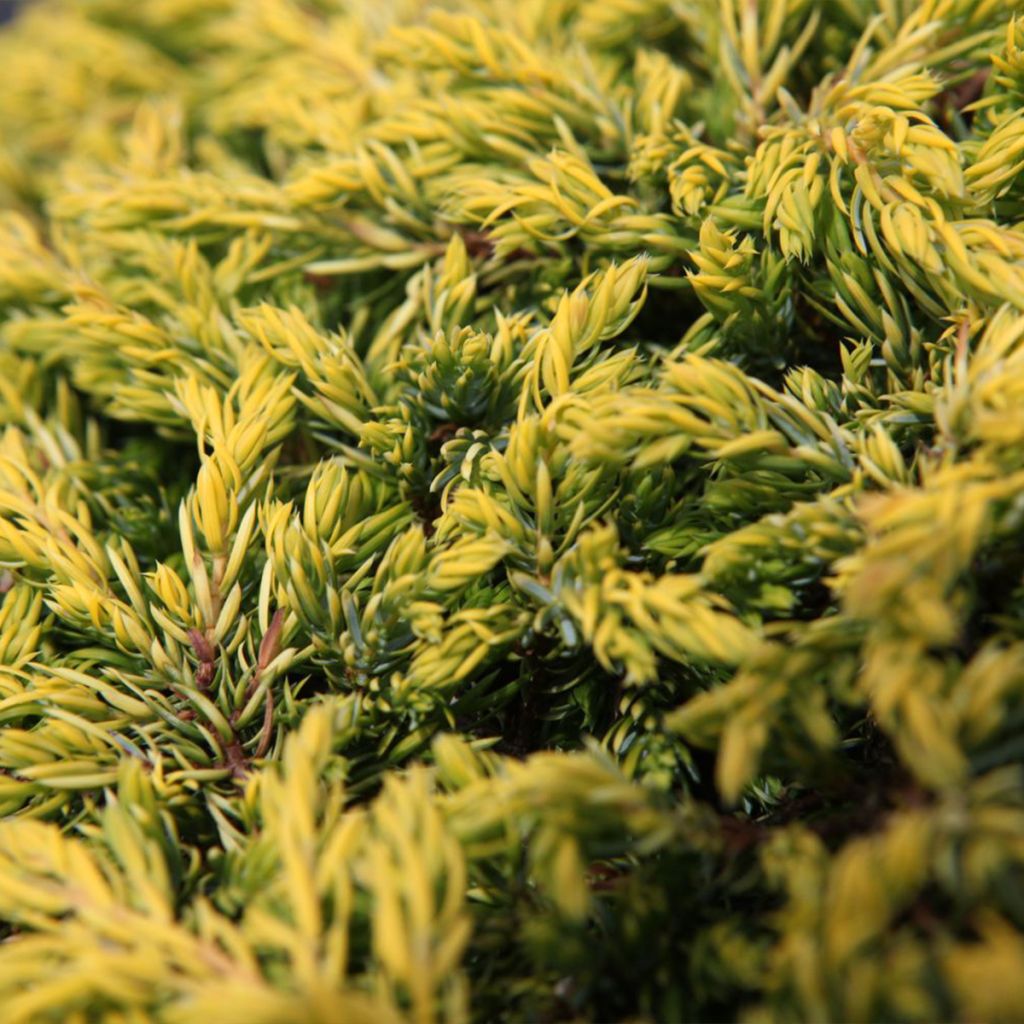

Juniperus communis Goldschatz
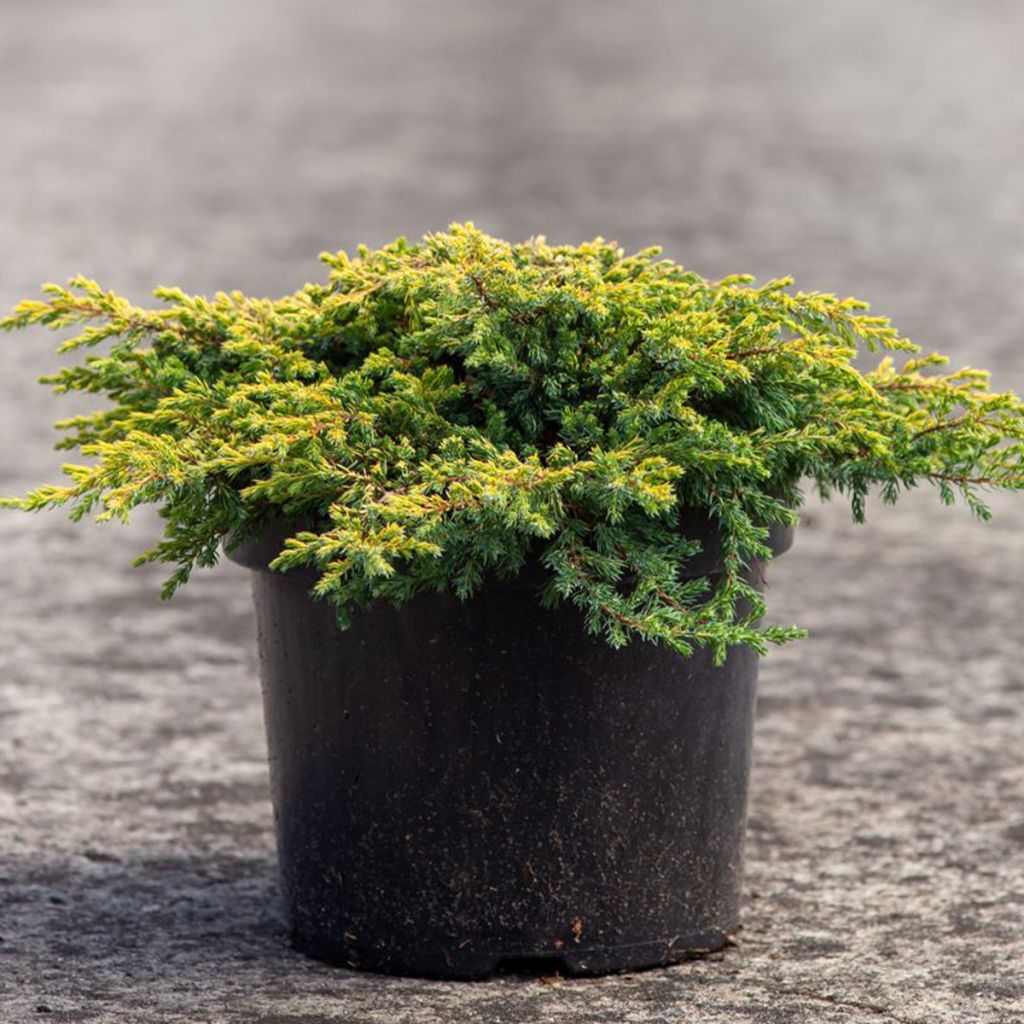

Juniperus communis Goldschatz
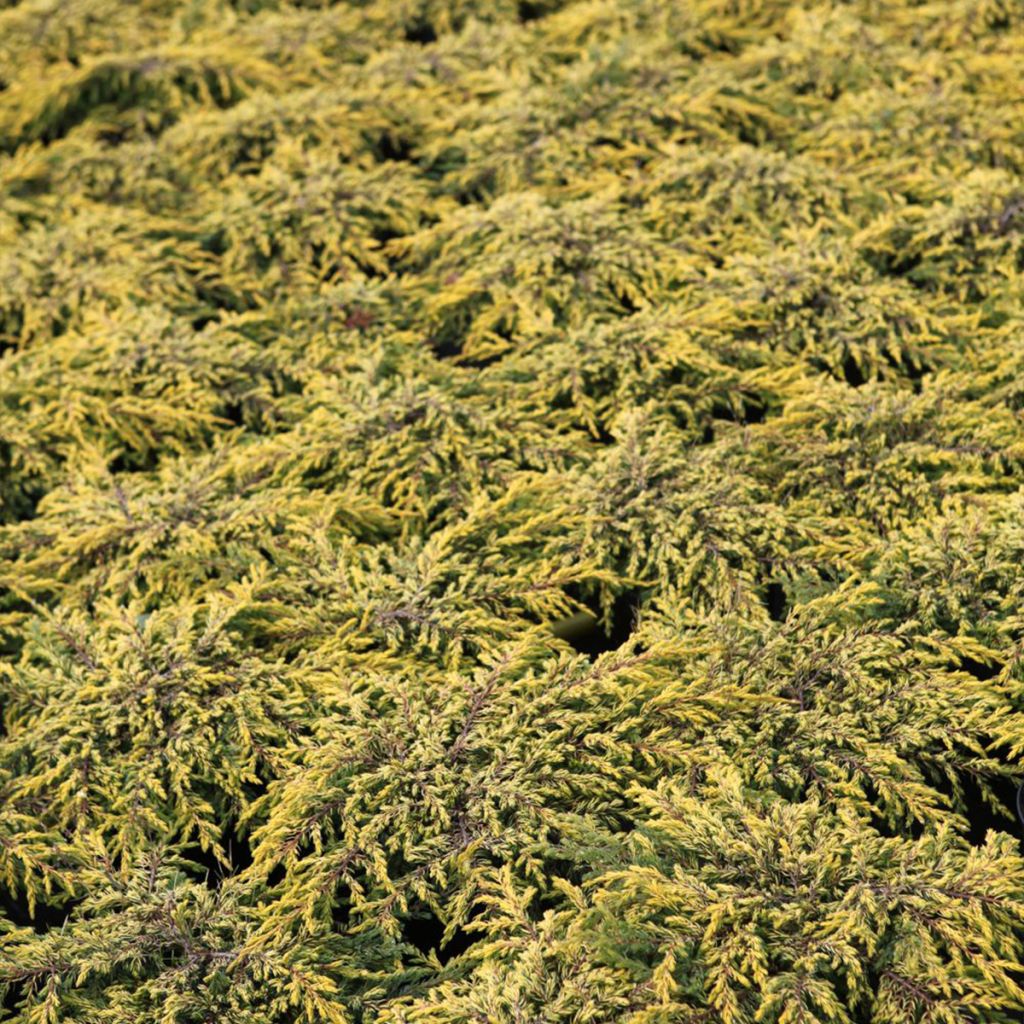

Juniperus communis Goldschatz
Juniperus communis Goldschatz
Juniperus communis Goldschatz
Common Juniper
Plant as expected. All good.
Francine , 16/09/2024
This item cannot be shipped to the selected country
Delivery charge from €5.90
Delivery charge from €5.90
Delivery to Corse prohibited
More information
Schedule delivery date,
and select date in basket
This plant carries a 24 months recovery warranty
More information
We guarantee the quality of our plants for a full growing cycle, and will replace at our expense any plant that fails to recover under normal climatic and planting conditions.
From €5.90 for pickup delivery and €6.90 for home delivery
Express home delivery from €8.90.
From €5.90 for pickup delivery and €6.90 for home delivery
Express home delivery from €8.90.
Delivery to Corse prohibited: UE law prohibits the import of this plant from mainland France to Corse as part of the fight against Xylella fastidiosa. Please accept our sincere apologies.
More information
Does this plant fit my garden?
Set up your Plantfit profile →
Description
Juniperus communis 'Goldschatz' is a common juniper particularly recommended for small gardens. Of relatively slow growth, it has a creeping habit and undulates on the surface of the ground. Its evergreen foliage has a bright yellow colour that is very attractive. Much wider than it is tall, it is a ground cover conifer perfect for rockeries, slopes, or adding interest to a terrace when planted in a pot or container. Easy to grow, it is cold hardy, withstands drought once established, and can thrive in poor, even limestone soil. It prefers sunny locations, but can tolerate temporary partial shade during the day.
Juniperus communis is an evergreen and spiny conifer belonging to the Cupressaceae family, which also includes related species such as cypresses and Chamaecyparis. It is native to northern Europe, North America, and Asia Minor. In its natural environment, it has a fairly variable habit, cone-shaped or spreading, reaching heights of 6 m (19.7 ft) and widths of 3 m to 4.5 m (9.8 ft to 14.5 ft). This species prefers poor, sandy and/or limestone soils and is not afraid of arid conditions.
'Goldschatz', derived from this species, has a much more moderate growth. After about ten years of planting, it will reach approximately 1 m to 1.5 m (3.3 ft to 4.9 ft) in width, with a height of only 20 cm (7.9 in). Spreading widely on the surface of the ground, it produces short, well-branched, golden-yellow shoots, giving it a slightly undulating appearance. The short leaves, 10 mm to 15 mm (0.4 in to 0.6 in) long, are narrow and pointed at their tips, and grow in groups of 3 on the stems. They are green, somewhat greyish at the base of the branches, and become yellow as they stretch out. This juniper's great adaptability allows it to thrive in most soils, including poor, neutral, or slightly acidic soils. Once established, it withstands drought well but also tolerates moist soil, provided it is well-drained, as it does not like excessive water. It prefers full sun but can tolerate a few hours of shade per day. Very hardy (down to -20° C (-4° F), it is an easy-to-grow plant that will suit most gardens.
'Goldschatz' lives up to its name ("treasure" in German) as it is truly a gem for the garden. A sunny rockery will be a perfect setting for it, as it can spread between the rocks and create a bright and pleasing spot. It will also fit well in a contemporary garden or a minimalist garden where dark materials, such as slate bars, are favoured. The bright yellow foliage will balance the dark shade of the rocks. Its creeping habit and golden colour will create beautiful combinations with dark green foliage, such as that of the superb Viburnum davidii (in neutral soil), which is evergreen and glossy. Mahonia aquifolium 'Apollo' offers tonal flowering and a foliage contrast throughout the seasons, as it changes from dark green in summer to purple in winter. Juniperus 'Blue Arrow' with its blue columnar form will provide a permanent backdrop to 'Goldschatz'. Albizia 'Summer Chocolate' will dominate it with a light shade that won't obstruct it, while creating a surprising contrast with its finely cut, almost black foliage that complements the bright yellow of the juniper.
Report an error about the product description
Juniperus communis Goldschatz in pictures
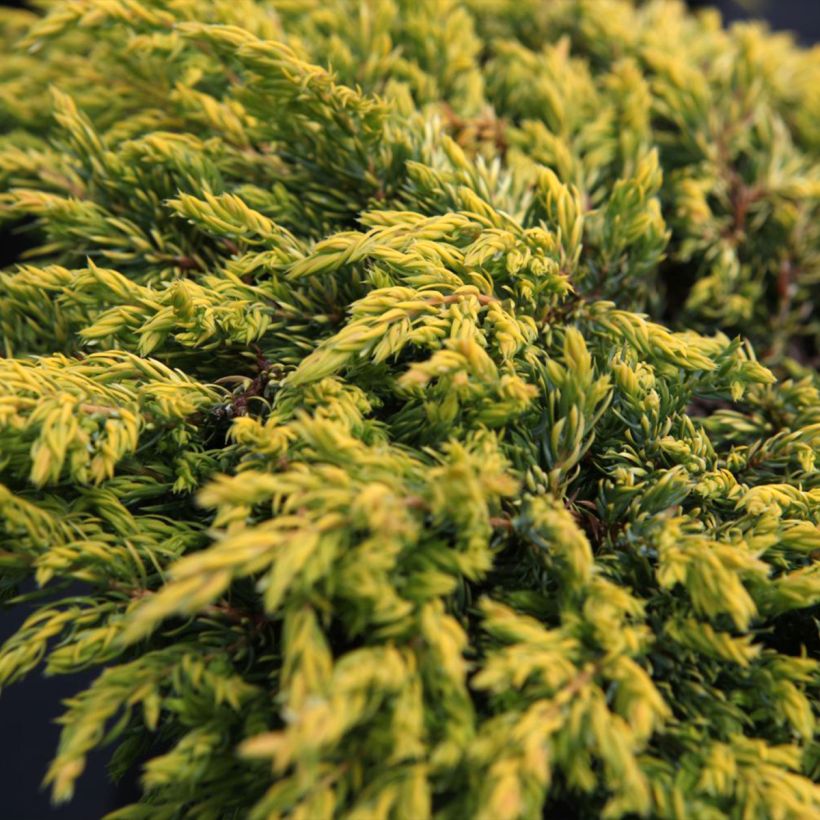

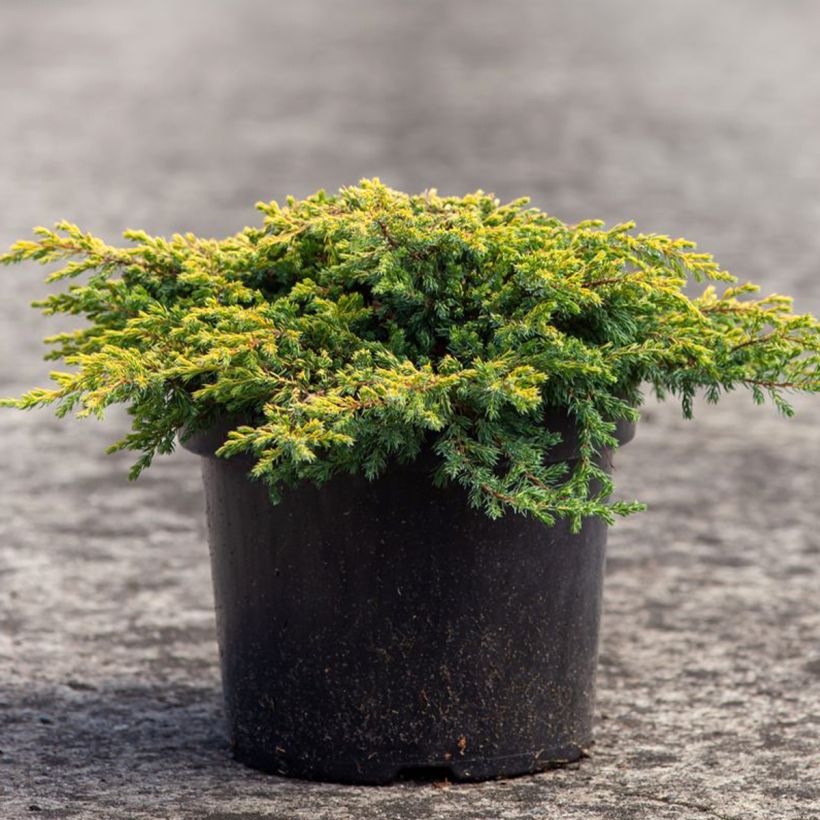

Plant habit
Foliage
Safety measures
Botanical data
Juniperus
communis
Goldschatz
Cupressaceae
Common Juniper
Cultivar or hybrid
atteinterespiratoire
Cette plante peut entraîner des symptômes allergiques.
Evitez de la planter si vous ou vos proches souffrez de rhinite saisonnière ("rhume des foins").
Davantage d'informations sur https://plantes-risque.info
Other Juniperus - Juniper
Planting and care
Plant from September to November, or from February to April in well-drained, light, even limestone and poor soil. A stony or sandy and occasionally dry soil does not bother it. Only excess (water or drought) is harmful to it. Choose a very sunny location preferably, or possibly semi-shaded, but with a few hours of sunshine during the day. Soak the root ball well in a bucket of water before planting and water again after filling the planting hole. Add organic matter and water in the first few years. Once established, it is rather resistant to dryness. From the second year onwards, apply a special conifer fertiliser every year in April, preferably before a rainy episode. This very hardy conifer cannot tolerate heavy soils, which are waterlogged in winter. Pruning is not necessary for this ground cover bush, due to its very moderate growth.
Planting period
Intended location
Care
-
, onOrder confirmed
Reply from on Promesse de fleurs
Foolproof Shrubs
Haven't found what you were looking for?
Hardiness is the lowest winter temperature a plant can endure without suffering serious damage or even dying. However, hardiness is affected by location (a sheltered area, such as a patio), protection (winter cover) and soil type (hardiness is improved by well-drained soil).

Photo Sharing Terms & Conditions
In order to encourage gardeners to interact and share their experiences, Promesse de fleurs offers various media enabling content to be uploaded onto its Site - in particular via the ‘Photo sharing’ module.
The User agrees to refrain from:
- Posting any content that is illegal, prejudicial, insulting, racist, inciteful to hatred, revisionist, contrary to public decency, that infringes on privacy or on the privacy rights of third parties, in particular the publicity rights of persons and goods, intellectual property rights, or the right to privacy.
- Submitting content on behalf of a third party;
- Impersonate the identity of a third party and/or publish any personal information about a third party;
In general, the User undertakes to refrain from any unethical behaviour.
All Content (in particular text, comments, files, images, photos, videos, creative works, etc.), which may be subject to property or intellectual property rights, image or other private rights, shall remain the property of the User, subject to the limited rights granted by the terms of the licence granted by Promesse de fleurs as stated below. Users are at liberty to publish or not to publish such Content on the Site, notably via the ‘Photo Sharing’ facility, and accept that this Content shall be made public and freely accessible, notably on the Internet.
Users further acknowledge, undertake to have ,and guarantee that they hold all necessary rights and permissions to publish such material on the Site, in particular with regard to the legislation in force pertaining to any privacy, property, intellectual property, image, or contractual rights, or rights of any other nature. By publishing such Content on the Site, Users acknowledge accepting full liability as publishers of the Content within the meaning of the law, and grant Promesse de fleurs, free of charge, an inclusive, worldwide licence for the said Content for the entire duration of its publication, including all reproduction, representation, up/downloading, displaying, performing, transmission, and storage rights.
Users also grant permission for their name to be linked to the Content and accept that this link may not always be made available.
By engaging in posting material, Users consent to their Content becoming automatically accessible on the Internet, in particular on other sites and/or blogs and/or web pages of the Promesse de fleurs site, including in particular social pages and the Promesse de fleurs catalogue.
Users may secure the removal of entrusted content free of charge by issuing a simple request via our contact form.
The flowering period indicated on our website applies to countries and regions located in USDA zone 8 (France, the United Kingdom, Ireland, the Netherlands, etc.)
It will vary according to where you live:
- In zones 9 to 10 (Italy, Spain, Greece, etc.), flowering will occur about 2 to 4 weeks earlier.
- In zones 6 to 7 (Germany, Poland, Slovenia, and lower mountainous regions), flowering will be delayed by 2 to 3 weeks.
- In zone 5 (Central Europe, Scandinavia), blooming will be delayed by 3 to 5 weeks.
In temperate climates, pruning of spring-flowering shrubs (forsythia, spireas, etc.) should be done just after flowering.
Pruning of summer-flowering shrubs (Indian Lilac, Perovskia, etc.) can be done in winter or spring.
In cold regions as well as with frost-sensitive plants, avoid pruning too early when severe frosts may still occur.
The planting period indicated on our website applies to countries and regions located in USDA zone 8 (France, United Kingdom, Ireland, Netherlands).
It will vary according to where you live:
- In Mediterranean zones (Marseille, Madrid, Milan, etc.), autumn and winter are the best planting periods.
- In continental zones (Strasbourg, Munich, Vienna, etc.), delay planting by 2 to 3 weeks in spring and bring it forward by 2 to 4 weeks in autumn.
- In mountainous regions (the Alps, Pyrenees, Carpathians, etc.), it is best to plant in late spring (May-June) or late summer (August-September).
The harvesting period indicated on our website applies to countries and regions in USDA zone 8 (France, England, Ireland, the Netherlands).
In colder areas (Scandinavia, Poland, Austria...) fruit and vegetable harvests are likely to be delayed by 3-4 weeks.
In warmer areas (Italy, Spain, Greece, etc.), harvesting will probably take place earlier, depending on weather conditions.
The sowing periods indicated on our website apply to countries and regions within USDA Zone 8 (France, UK, Ireland, Netherlands).
In colder areas (Scandinavia, Poland, Austria...), delay any outdoor sowing by 3-4 weeks, or sow under glass.
In warmer climes (Italy, Spain, Greece, etc.), bring outdoor sowing forward by a few weeks.

































